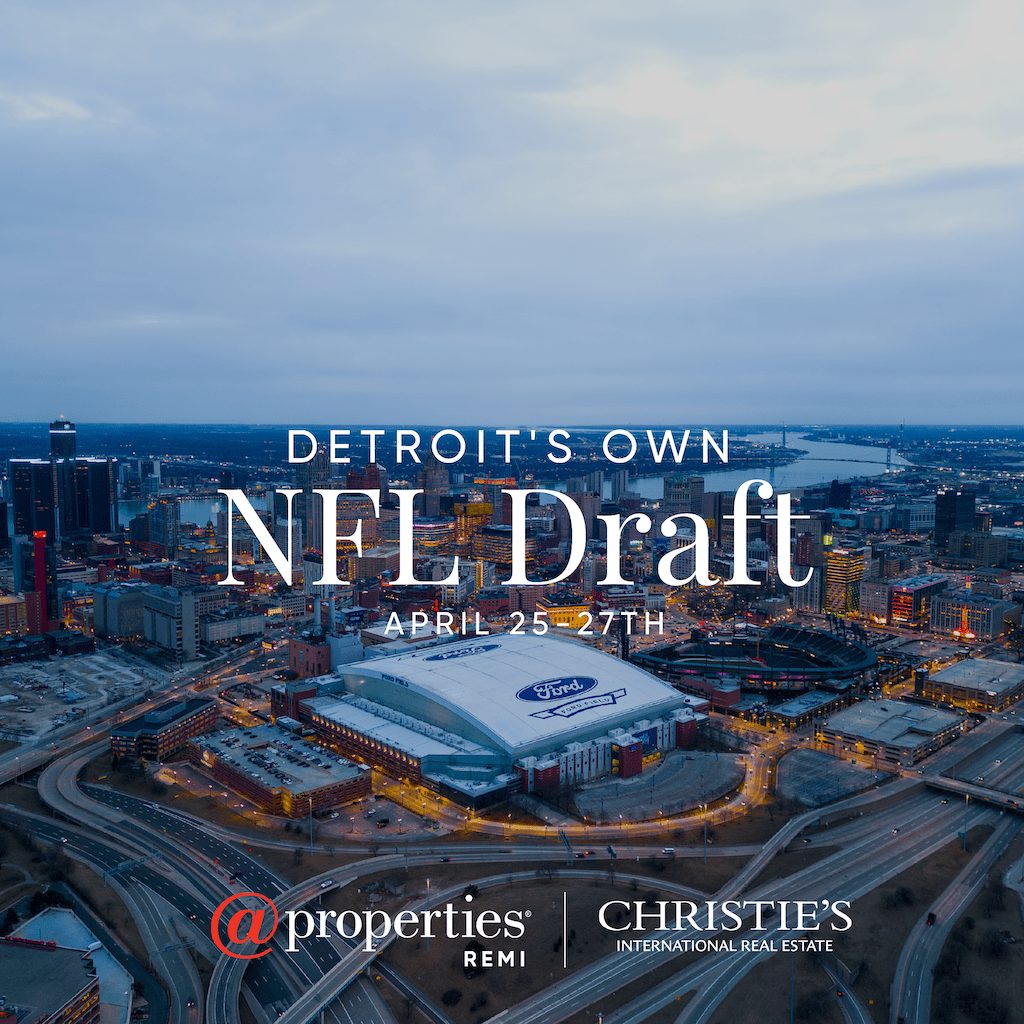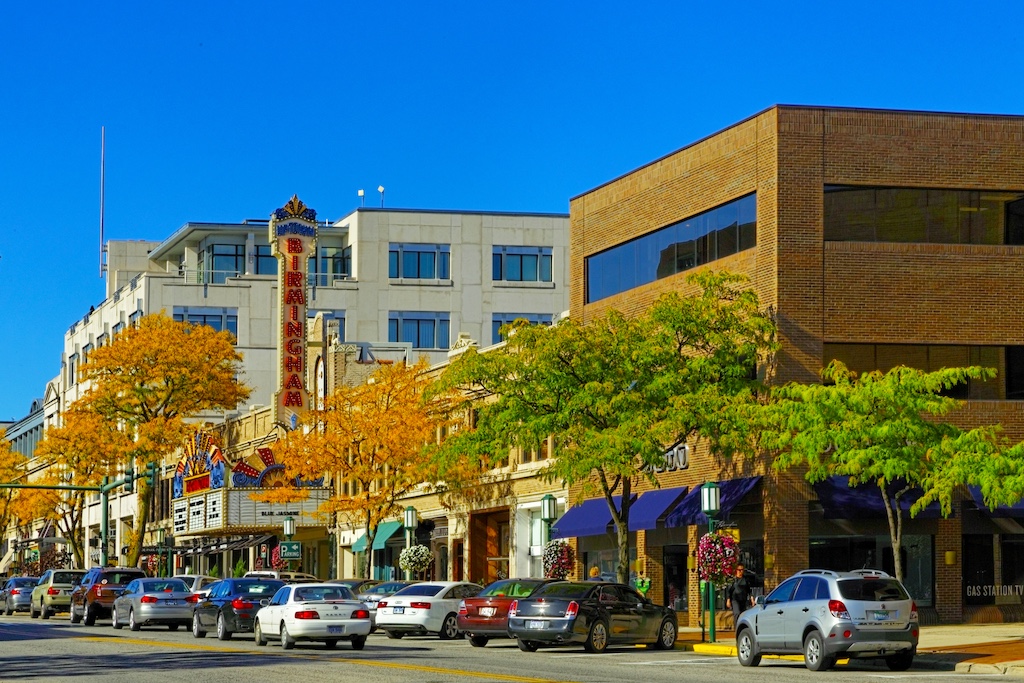“Buy low, sell high” is an objective for many buyers and sellers. Many, however, are unaware of the inevitability of cycles, nor do they know where they are in a current cycle. So, where are we now? What part of the real estate cycle is occurring in your market?
To answer this question, let’s first review a typical cycle. The beginning of a cycle is generally where people have a feeling of exuberance. The economy is good, overall employment is up, and most people’s income is on the rise. In addition, demand for product is high, and supply is low. Adding to the momentum may be low interest rates and easy money.
At this point in the real estate cycle, developers invest, architects design, and builders build. In turn, buyers commit to buy and tap into their savings or apply for loans with recent increases in assets or equity. But what happens if too many developers join the parade and overbuilding occurs? This generally happens because of the timeline from concept to turnkey may be a year or two, and the slow moving ship may not easily be turned.
So, a two-year turnaround time may be great in a three- to five-year uptrend. But, what happens if the uptrend cycle is shorter? What happens if a developer is still in the development phase and a downtrend or oversupply situation occurs before all units have been sold? In most cases, too much money has already been spent, and it is too late to back out.
The success of a developer at this point then depends on “holding power.” In other words, if the developer is well-funded and can wait out a period of sluggish sales, the slow moving ship can still be saved. On the other hand, a developer who is not well funded may have to discount a quality product just to stay afloat. This can also happen to a well-funded developer if the downtrend period lasts longer than anticipated.
Whatever the case, discounts on quality products built in prime locations indicate a buyer’s market. So, is this a good thing or a bad thing? Generally speaking, a buyer’s market is good for the buyer and bad for the seller. A prudent buyer, however, needs to evaluate the reasons for the buyer’s market. Is it a simple oversupply of product, or is it a harbinger of another downtrend?
A buyer should also consider the projected holding period of the real estate investment. For example, if a buyer wants to buy and sell quickly, he may be too early for the next seller’s market. However, if the buyer’s holding period is longer term, that buyer can control the timing of a sale and simply wait for a sale in a seller’s market. By taking advantage of lower prices in a buyer’s market––and selling when prices are higher––a decent appreciation in value occurs.
To conclude then, buying when prices are lower in a buyer’s market is a good thing if you have the time and patience to wait for a seller’s market. However, if the desired time of ownership is short, then buying in a buyer’s market may be a bad thing. Again, if you don’t have time to wait for an upcoming appreciation in value, you might want to reconsider your options.
With regards to the north coast of the Dominican Republic, we feel the current buyer’s market has seen its days, and we are ready for another uptrend. And since development has been on hold for many years, the previous oversupply has been slowly absorbed. Although there are still some great buying opportunities available, those will soon become history. So, consider yourself advised and reconsider your objectives.
William Holden is the exclusive agent representing the Dominican Republic real estate market as a member of the Haute Residence Real Estate Network. View all of his listings here.
Images courtesy of William Holden








